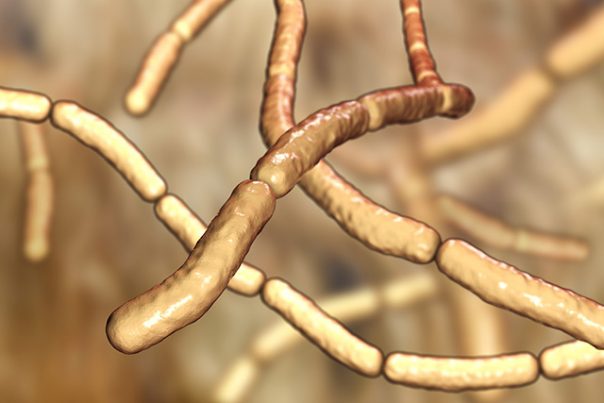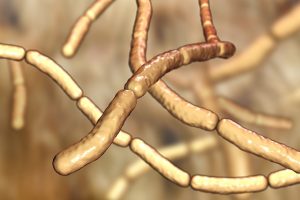
Flusilazole — toxicity, side effects, diseases and environmental impacts
Wednesday, November 29, 2017 by Jhoanna Robinson
http://www.naturalpedia.com/flusilazole-toxicity-side-effects-diseases-and-environmental-impacts.html

Flusilazole is a broad spectrum fungicide that is a member of the triazole subclass of ergosterol biosynthesis inhibitors. It is effective against plant diseases that are brought by Basidiomycete, Ascomycete, and Deuteromycete fungi, and works by blocking the assembly of fungi cell membranes.
Flusilazole is considered stable under the usual conditions of pasteurization, baking, brewing, boiling, and sterilization.

List of known side effects
Flusilazole can cause skin allergies such as swelling; production of vesicles, which are fluid- or air-filled sacs or cavities; scaling and thickening of the skin; or redness.
A study of lactating goats that were given 50 milligrams per kilogram (mg/kg) of flusilazole once per day for five to six consecutive days showed that these goats were found to have radiation in their bodies.
Flusilazole can cause blood conditions. It causes slight decreases in erythroid parameters (hemoglobin, hematocrit, and erythrocyte counts).
Constant exposure to flusilazole can bring about a drastic weight loss.
Body systems affected by flusilazole
Flusilazole is bad for the excretory system. Evidence of increased liver weight, urinary bladder urothelial cell hyperplasia or the increased amount of epithelial cells in the urinary tract which is indicative of an inflammation, hepatocellular hypertrophy, and hepatocellular vacuolar cytoplasmic changes are seen in people who got exposed to flusilazole. An increased number of hepatocellular adenomas and carcinomas was also observed.
Flusilazole is bad for the reproductive and developmental systems. It can cause chromorhinorrhea or the discharge of a pigmented secretion from the nose, alopecia or premature baldness in men, red vaginal discharge or stains, and wet or stained perineum.
It also causes fetotoxicity resulting in reduced fetal weight, extra ribs in the fetuses, incidence of cleft palate, and an absence of renal papillae, which is a complication of the kidney. If a mother is having twins, the possibility that they might come out conjoined is higher if she was exposed to flusilazole.
Flusilazole is also said to cause testicular tumors or Leydig cell tumors, as the fungicide interferes with the hypothalmic-pituitary-gonadal axis. It can also cause a decrease in testosterone levels. Exposure to the material can reduce fertility.
Flusilazole is bad for the ocular system. It causes microphthalmia, which is a disorder of the eyes in which they are abnormally small, and coloboma, which is a hole in one of the eye structures like the iris, retina, choroid, or optic disc.
Items that can contain flusilazole
Flusilazole is highly used in agricultural production as a fungicide, controlling the spread of diseases such as black sigatoka caused by the Ascomycete fungus Mycosphaerella fijiensis, apple scab caused by the Ascomycete fungus Venturia inaequalis, grape black rot caused by the Ascomyete fungus Guignardia bidweliii, powdery midlew caused by Podosphaera xanthii, and rusts.
How to avoid flusilazole
Good hygiene practices can help you avoid exposure to flusilazole. Also, control measures should be employed in an occupational setting to prevent spread of contamination caused by flusilazole.
Where to learn more
- No more toxic fungicide: Oregano essential oil protects corn crops from fungal infections
- U.S. Juice Products Association wants you to drink more chemical fungicide in your orange juice
- Chemically induced autism? Scientists discovers pesticides, fungicides lead to neurodegeneration in test subjects
- Fungicides used on banana plantations threaten the health of pregnant women
- Obama grants EPA more power to regulate harmful chemicals…but doesn’t do nearly enough to protect kids from toxic substances
Summary
Flusilazole is bad for the ocular, excretory, and reproductive and developmental systems.
Flusilazole can cause blood conditions.
Constant exposure to flusilazole can bring about a drastic weight loss.
Sources include:
Tagged Under: Tags: flusilazole





